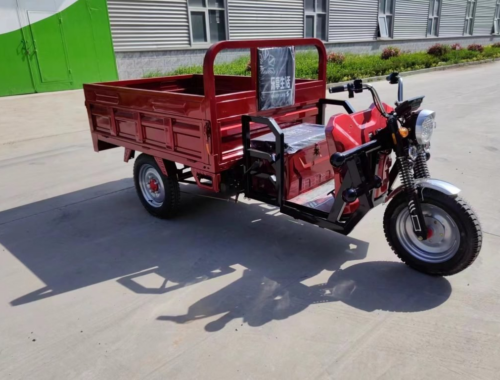The Hidden Downsides of Automatic Weather Stations: What You Need to Know
The Hidden Downsides of Automatic Weather Stations: What You Need to Know
Automatic weather stations (AWS) have become essential tools for meteorological data collection, but they come with significant limitations. Understanding these drawbacks is crucial for professionals and enthusiasts relying on weather data accuracy.
Key Limitations in Data Accuracy
One major issue is sensor calibration drift. Over time, sensors may provide inaccurate readings due to environmental wear, requiring frequent maintenance. Without regular checks, data reliability diminishes, impacting forecasts and analyses.
Environmental Vulnerability
These stations are exposed to harsh conditions—extreme temperatures, moisture, or debris—which can cause malfunctions. For instance, rain gauges may clog, leading to erroneous precipitation data.
Common Challenges and Solutions
Users often face high maintenance costs and technical complexities. Solutions include scheduled calibrations and using redundant systems, but these add to operational expenses.
FAQ: Addressing Frequent Concerns
Q: How often do AWS require maintenance?
A: Ideally, every 3-6 months, depending on location and usage, to ensure data precision.
Q: Can AWS replace manual stations entirely?
A> Not fully; manual checks are still needed for validation, as automation has inherent disadvantages of automatic weather station like sensor failures.
Optimizing Your Weather Monitoring
To mitigate downsides, integrate AWS with traditional methods and invest in quality sensors. Regular training for handlers also enhances data reliability.
Ready to improve your weather data strategy? Explore professional solutions and best practices to overcome these limitations. Contact experts today for a tailored approach!
You May Also Like

WHY ELECTRIC TRICYCLES FROM CHINA ARE TRANSFORMING GLOBAL TRANSPORTATION: A GUIDE TO CHOOSING THE BEST MODEL
December 31, 2024
Google Snake Game: A Classic Arcade Experience
March 23, 2025